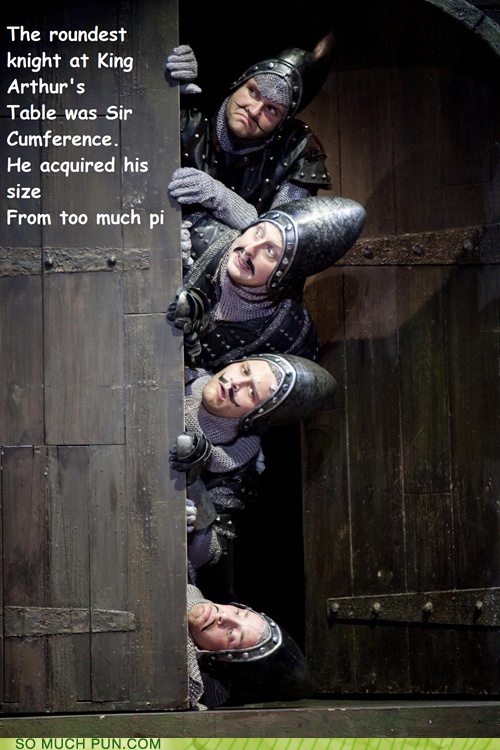murphey
Touchdown! Greaser!
I'm doing short explanation about prop safety for Young Eagles. Let's not get into the discussion of foot-pounds (rotational force) vs pounds (linear force), nor include the lateral motion the prop travels. Let's assume the airplane is stationary. I want to make sure I've got the right numbers & calculations. And let's not go past 1 or 2 decimal digits.
weight of prop: 34.5 pounds
length: 76 in or 1 blade is 38 in.
revs: 2700 revs/minute (rpm)
Distance the end of the blade travels in 1 revolution:
38 * PI = 38 * 3.14159 = 119.4 in = 9.95 ft.
Distance the end of the blade travels in 1 minute:
119.4 * 2700 = 322,380 in
or
322,380 in/min divided by 12 = 26,865 ft
or
26,865 ft/min divided by 5280 ft = 5.09 statute miles
How far in 1 hour?
5.09 sm/min * 60 min = 305.4 miles
Calculating the torque (rotational force) involves vector algabra so let's simplify. Assume a linear motion, that the 34.5 pound prop is being thrown at you at a speed of 305.4 mph, how hard is it going to hit you? Better yet, do you want to get in the way of ANYTHING going 305.4 mph?
Solution: Stay away from propellers!!!!
weight of prop: 34.5 pounds
length: 76 in or 1 blade is 38 in.
revs: 2700 revs/minute (rpm)
Distance the end of the blade travels in 1 revolution:
38 * PI = 38 * 3.14159 = 119.4 in = 9.95 ft.
Distance the end of the blade travels in 1 minute:
119.4 * 2700 = 322,380 in
or
322,380 in/min divided by 12 = 26,865 ft
or
26,865 ft/min divided by 5280 ft = 5.09 statute miles
How far in 1 hour?
5.09 sm/min * 60 min = 305.4 miles
Calculating the torque (rotational force) involves vector algabra so let's simplify. Assume a linear motion, that the 34.5 pound prop is being thrown at you at a speed of 305.4 mph, how hard is it going to hit you? Better yet, do you want to get in the way of ANYTHING going 305.4 mph?
Solution: Stay away from propellers!!!!




